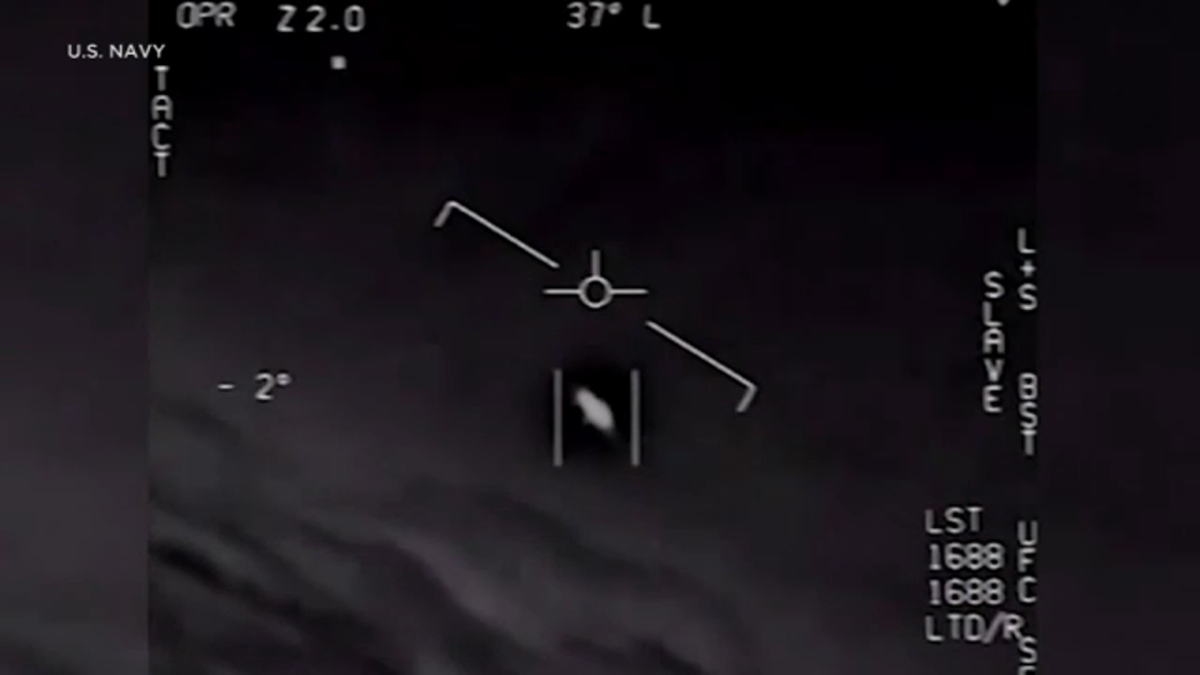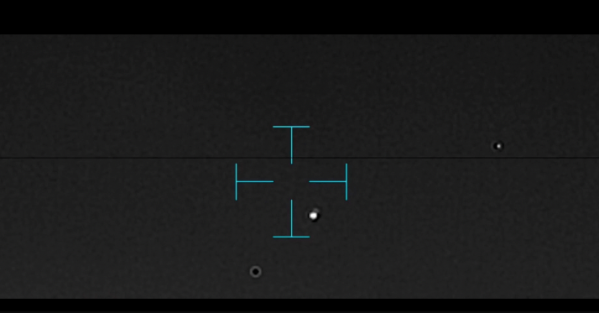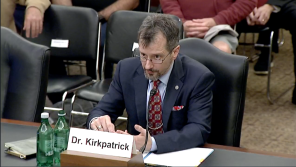DOD developing ‘Gremlin’ capability to help personnel collect real-time UAP data

The Pentagon’s All-domain Anomaly Resolution Office is producing and refining a new deployable surveillance capability — the Gremlin System — to enable personnel to capture real-time data and more rapidly respond to unidentified anomalous phenomena (UAP) incidents as they occur, the acting chief of the office told DefenseScoop during a press briefing Wednesday.
Tim Phillips, AARO’s acting director on assignment from the Office of the Director of National Intelligence, shared the first public details about these in-the-works, sensor-equipped Gremlin “kits” during the Wednesday briefing, which was more broadly focused on the office’s release of the congressionally required “Volume I Report on the Historical Record of U.S. Government Involvement with UAP.” That report is attached below.
“We’re working with some of the government labs, such as the Department of Energy labs, and we have a great partner with Georgia Tech. And what we’re doing is developing a deployable, configurable sensor suite that we can put in Pelican cases. We’re going to be able to pull it to the field to do a long-term [collection]. Since the UAP target — that signature is not clearly defined — we really have to do hyperspectral surveillance to try to capture these incidents,” explained Phillips, who stepped into the AARO lead role when its inaugural director Sean Kirkpatrick departed last year.
The AARO team began developing the sensors and associated capabilities for Gremlin in October.
The team is currently experimenting with Gremlin at “a very large range in Texas,” where officials have been testing the system against known drone-type targets, and some unknown targets as well, Phillips noted.
“It’s picking up a lot of bats and birds. We’re learning a lot about solar flaring. We’re really starting to understand what’s in orbit around our planet and how we can eliminate those as anomalous objects,” he said.
From there, the plan is to present the system to Defense Department leadership to deploy in response to reports of UAP encounters at militarily significant locations or near U.S. critical infrastructure.
“If we have a national security site and there are objects being reported that trend within restricted airspace, or within a maritime range, or in the proximity of one of our spaceships, we need to understand what that is. And so that’s why we’re developing a sensor capability that we can deploy in reaction to reports,” Phillips said.
Among its many congressional mandates, AARO is tasked with providing a secure mechanism via which DOD-official (and eventually other) users can submit reports of possible UAP observances that could threaten national security.
“In the last month, we closed about 122 cases that were reported to AARO — 68% of those cases we assessed to be some form of what I call ‘AARO garbage’ — balloons, trash that’s up there in the atmosphere that our advanced sensors were able to detect,” Phillips said.
“We do see an increase in resolved cases where we identified [unmanned aircraft system] technology. So, we’re starting to see more UAS out there being reported through operational channels,” he added.
To date, the 18-month-old office has evaluated about 1,200 cases associated with the military services.
“We approximately receive anywhere between 90 and 100 to 110 a month from the operating forces,” Phillips said.
As cases are resolved (and, if needed and possible, unclassified), they’re posted and reflected on the office’s public website.
“We’re hoping that the more transparent, the more that we can declassify and post to our site is going to demystify this topic,” the acting AARO chief noted.
Another major congressional requirement for the office is the creation of a two-volume report on the U.S. government’s involvement with UAP.
The direction came after multiple whistleblower reports from former U.S. defense officials who shared personal accounts of what they alleged are government-concealed encounters with what they think could be craft and technologies of “non-human origin.”
The first volume, released Friday, contains AARO’s findings, spanning from 1945 to Oct. 31, 2023. Volume II will include any findings resulting from interviews and research completed from Nov. 1, 2023, to April 5
“In a way, I’m really happy to get this behind us because I want to support the warfighter. I want to go after the cases that we received this week. As for where I want to be, I want to have my officers out in the field, talking to witnesses trying to gather and preserve evidence, trying to work with the services and the other departments in the government on how to preserve data when there are incidents, helping to write force protection standards, so I can capture this in real-time. Doing it forensically, after the fact, is difficult,” Phillips said.
Broadly, the new Volume I report states that AARO found no verifiable evidence that any reported UAP sighting has represented extraterrestrial activity, that the U.S. government or private industry has ever had access to technology of non-human origin, or that any information was illegally or inappropriately withheld from Congress.
Officials highlight multiple examples and explanations of government accounts, programs and existing technologies associated with UAP claims.
“AARO assesses that alleged hidden UAP programs either do not exist or were misidentified authentic national security programs unrelated to extraterrestrial technology exploitation,” Phillips said in the briefing.
Notably, however, many past government-handled UAP cases — and investigations in AARO’s current portfolio — remain unsolved.
During the briefing this week, Phillips also declined to answer several questions from reporters, including those about how many people currently work in his office and the number of officials involved in developing the Gremlin System.
Despite repeatedly reiterating commitments to public transparency regarding AARO’s findings, the media engagement was invite only and Pentagon press officials limited attendance to only those invitees.
Phillips also did not confirm whether AARO has resolved any cases with “transmedium” or shape-shifting objects, or breakthrough technologies generated by the U.S., China or Russia.
“As far as other advanced technologies — there’s been some cases, but we can’t discuss that here,” Phillips told DefenseScoop.






